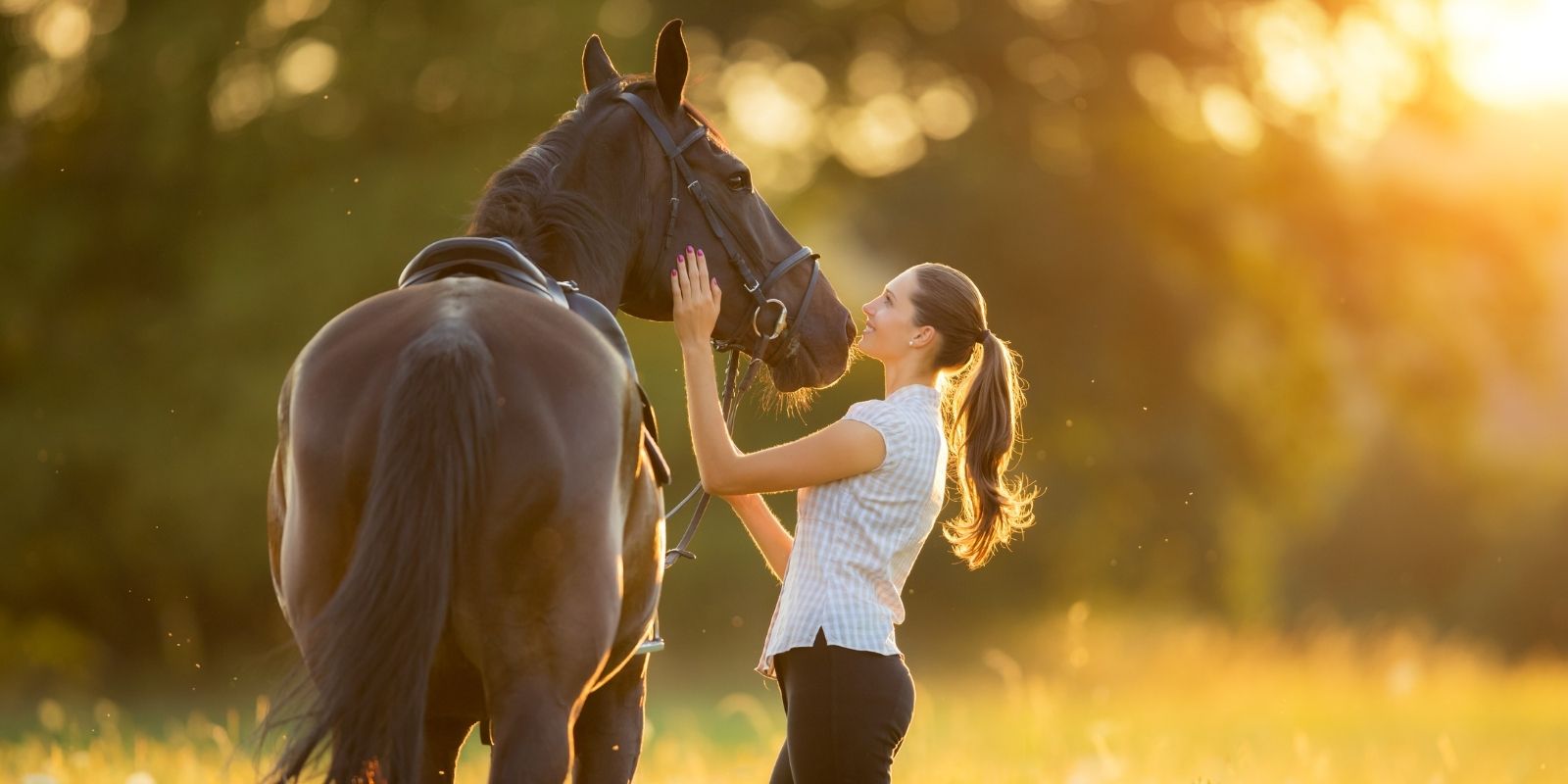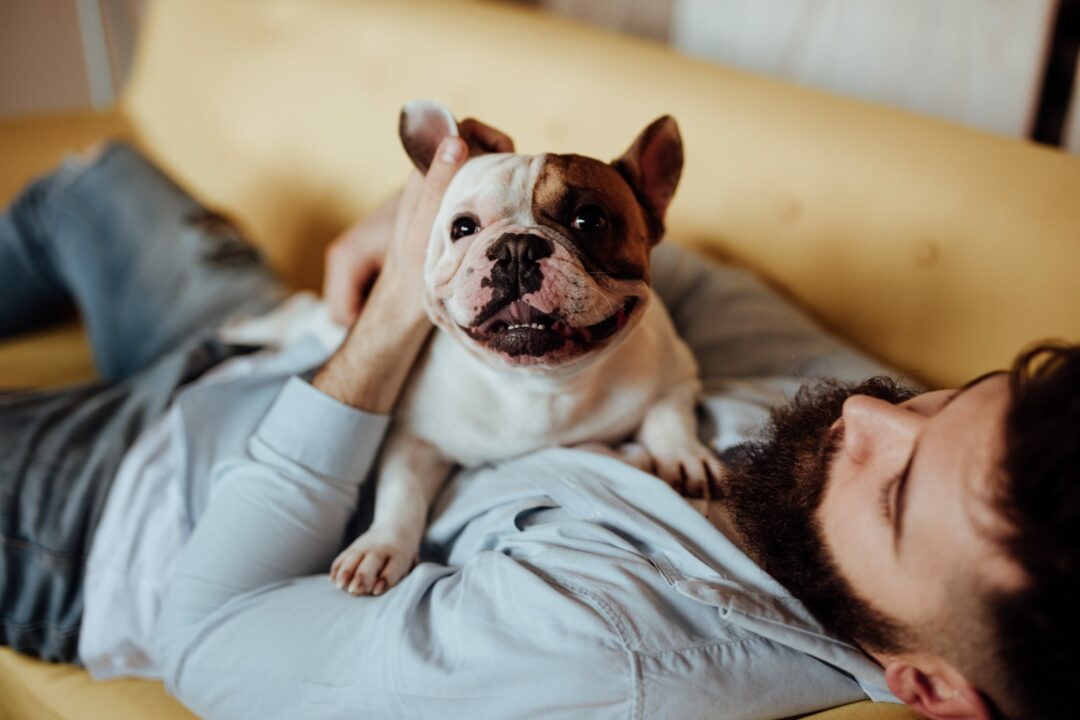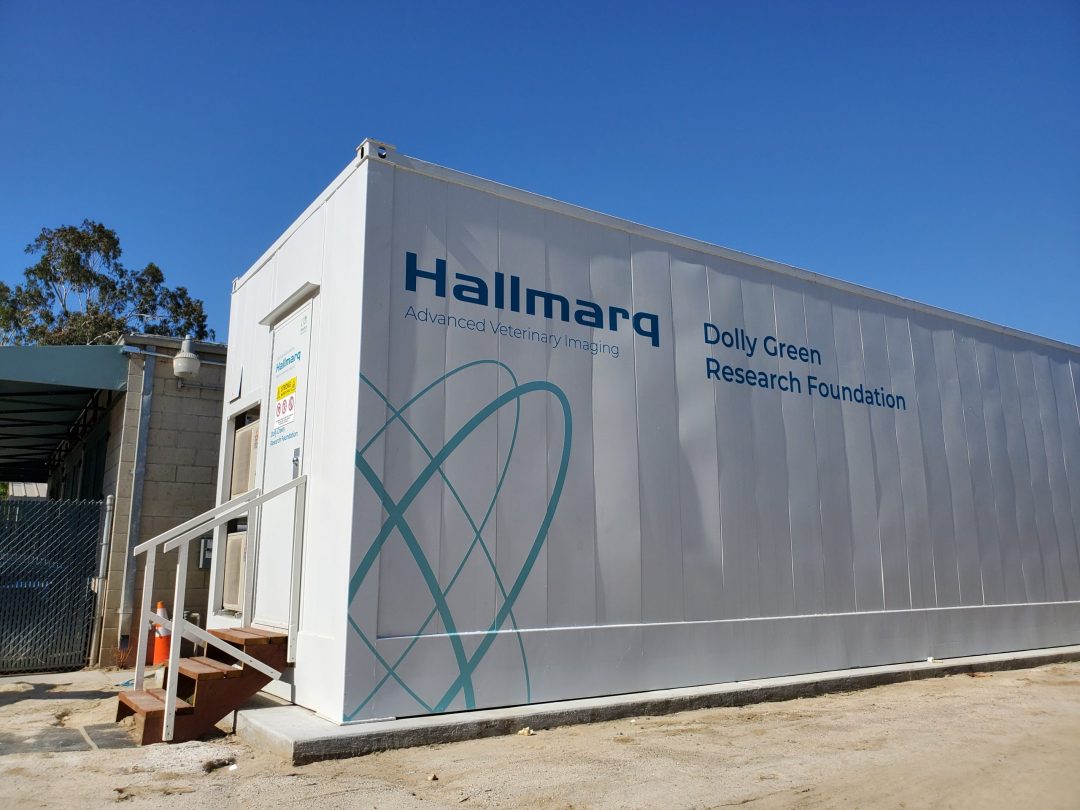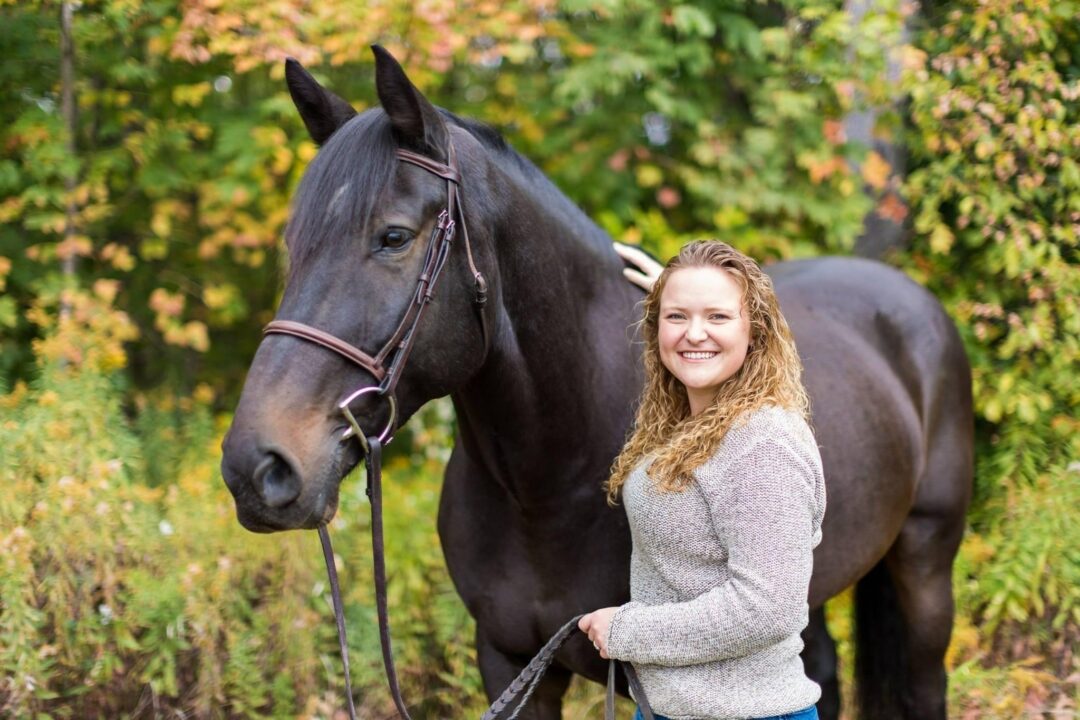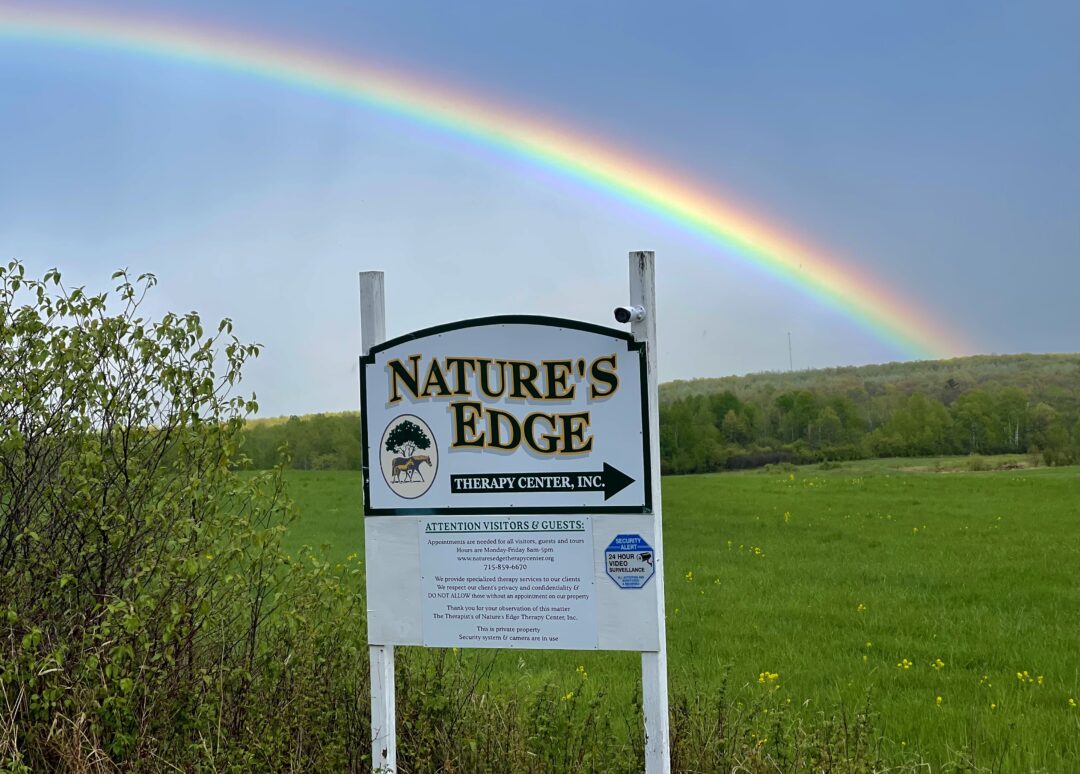The large animal veterinarian practice requires the most up-to-date equipment that specializes in the treatment and diagnosis of large animals. Horses, in particular, require special care when diagnosing, due to their stature. Understanding the advantages of standing MRI scans for horses will take your practice to a new level of treatment and preventative care.
What Can MRI Scans Do for a Horse?
The sooner an accurate diagnosis can be made, the quicker a horse can be treated and on the road to recovery.
An MRI scan gives the veterinarian a clear view of bones and tissue, along with a 3-dimensional view of sliced tissue. This alone is incredibly helpful in understanding what is going on with the injury, creating a diagnosis, and finally, a treatment plan.
Because of the quick and accurate results an MRI provides, a horse won’t have to wait as long for treatment to begin and can get back to its pain-free life of sporting or working. Injuries that are treated promptly and with thorough understanding will in turn lead to greater strength in the lifetime of the horse.
Radiography
Radiography, often in the form of an x-ray, has long been used as an easier option to view a horse’s injuries. Like most technology, much has advanced, and radiography is not always the best solution.
In radiography, the veterinarian is only able to see a picture of the bone. There is no image of soft tissue. Missing the possible injury to soft tissue can be detrimental in diagnosis and treatment.
With an MRI scan, both bone and tissue are visible, making diagnosis quick and easy, as the two often work together.
Ultrasound
Like radiography, ultrasound only gives a picture of one area for diagnosis, and that is the soft tissue. Working together, radiography and ultrasound can be combined for diagnosis and treatment of an injury.
However, 3-dimensional imaging, in combination with seeing the tissue and bone in the same image through standing MRI scans, is more accurate and allows the horse to only go through one diagnosing procedure.
Thermography
Thermography uses heat to detect areas of inflammation in the body. Thermography is preferred by some because it limits the use of radiation, making it very safe.
Unfortunately, like radiography, thermal imaging can only take diagnosis so far. It can show what areas are heating up, which means possible trauma in that area. Beyond that, more thorough investigating needs to be done for a clear understanding of the injury.
When Is a Standing MRI Scan Used?
The standing MRI scan can be used in many situations and is best suited for times when a diagnosis of both bone and tissue needs to be made for clarity of injury. Simply viewing only tissue or only bone can lead to one or the other not healing in the horse.
Assessing Damage
With horses, a common injury is caused by objects penetrating the foot. It is impossible to know how excessive the damage is without a clear view of the bone and surrounding tissue.
Lameness
There is no worse feeling for a horse owner than to suddenly see their horse’s gait is off. Images begin to run through their head as they wonder what could be wrong.
The standing MRI allows for a thorough diagnosis for lameness so a patient can receive a definitive answer rather than an educated guess.
Targeted Area
The standing MRI is beneficial when needing to target one particular area of the horse’s body. Rather than a complete bone scan which may not be necessary, the MRI can focus on the area in question.
Early Detection
No matter the diagnosis and treatment, the greatest advantage of using the standing MRI scan is the ability for early detection of whatever the injury may be. There are no injuries that are better off being diagnosed later or not completely diagnosed at all.
Early detection can get tissue and bone back on track quickly, giving a horse a better chance at full recovery and a full life.
Monitor Healing
Diagnosis and treatment are only the beginning in the life of a horse’s injury. Injuries must be monitored for any possible problems along the way, such as infection or improper healing.
The MRI offers veterinarians the ability to get a thorough look at the entire area being treated to make sure healing is happening properly and at the correct pace.
What Happens at a Standing MRI Scan Appointment?
Once it is determined an MRI is needed, owners will need to transport their horse to the veterinarian’s practice. There, preparation will begin for the MRI scan.
Shoes
Prior to a horse’s appointment for the MRI scan, it will be requested of the owner to have the horse’s shoes removed by their farrier before arriving for the MRI.
Some horses are not able to travel without shoes, or the farrier might be unavailable at that time. In those cases, many offices will do the shoe removal themselves. Either way, shoes must be removed so the metal does not interfere with the MRI results.
Radiography
After shoe removal, radiography pictures will be taken before the MRI in order to detect any remnants of metal that may be on or in the horse’s feet. For example, if a nail from a horseshoe is still stuck in the foot, it will need to be removed. It is important to make sure all metal is gone before performing the MRI scan.
Sedation
One of the advantages of standing MRI scans for horses that general anesthesia is not required. Instead, the horse is mildly sedated so the standing MRI scan can be performed.
Sedation is easier on the horse’s system and easier on horse owners when it comes to the horse’s recovery after the scan.
Hallmarq advanced veterinary imaging provides equine standing MRI in the UK and the US for large animal veterinarians. We believe in using the most advanced technology for thorough diagnosing and treatment.

